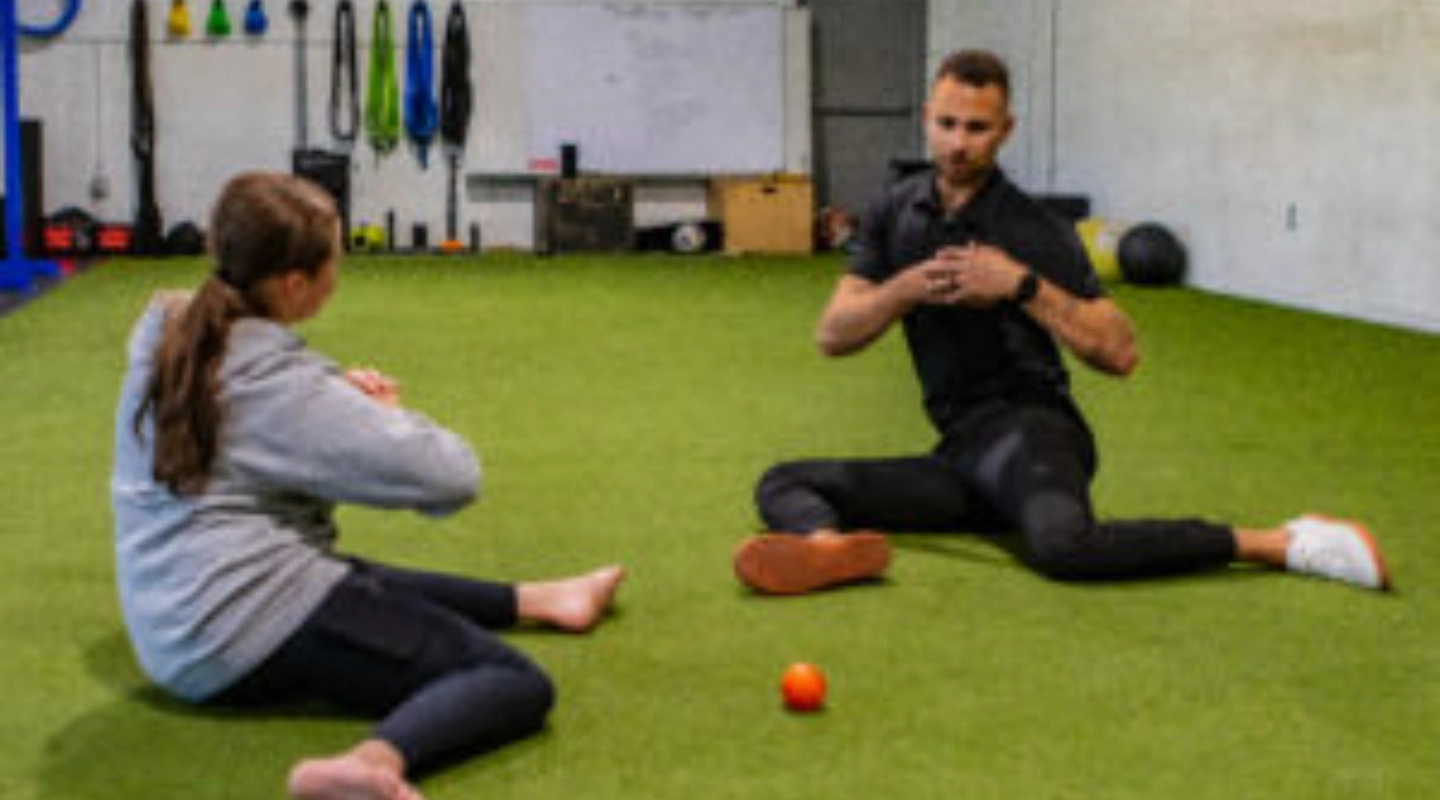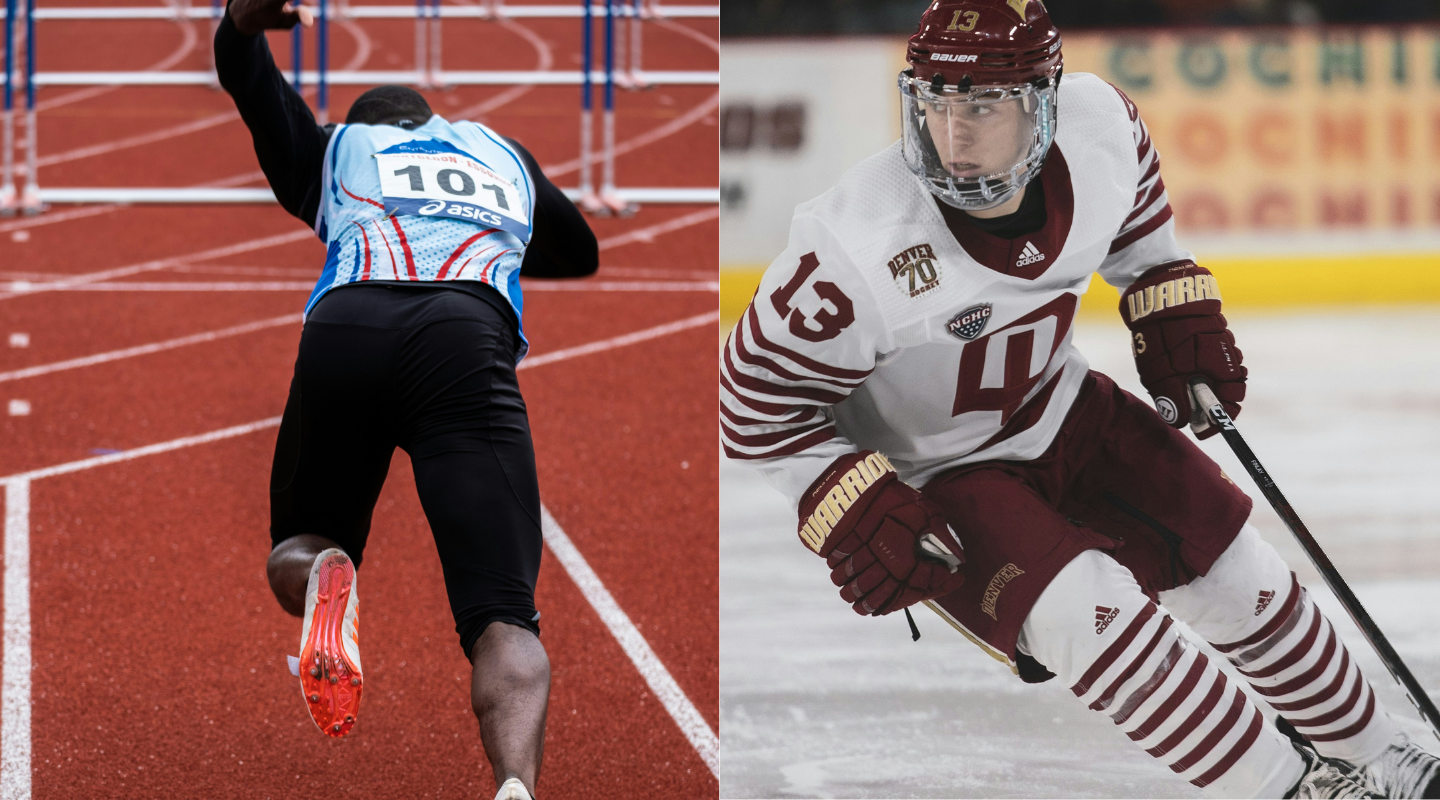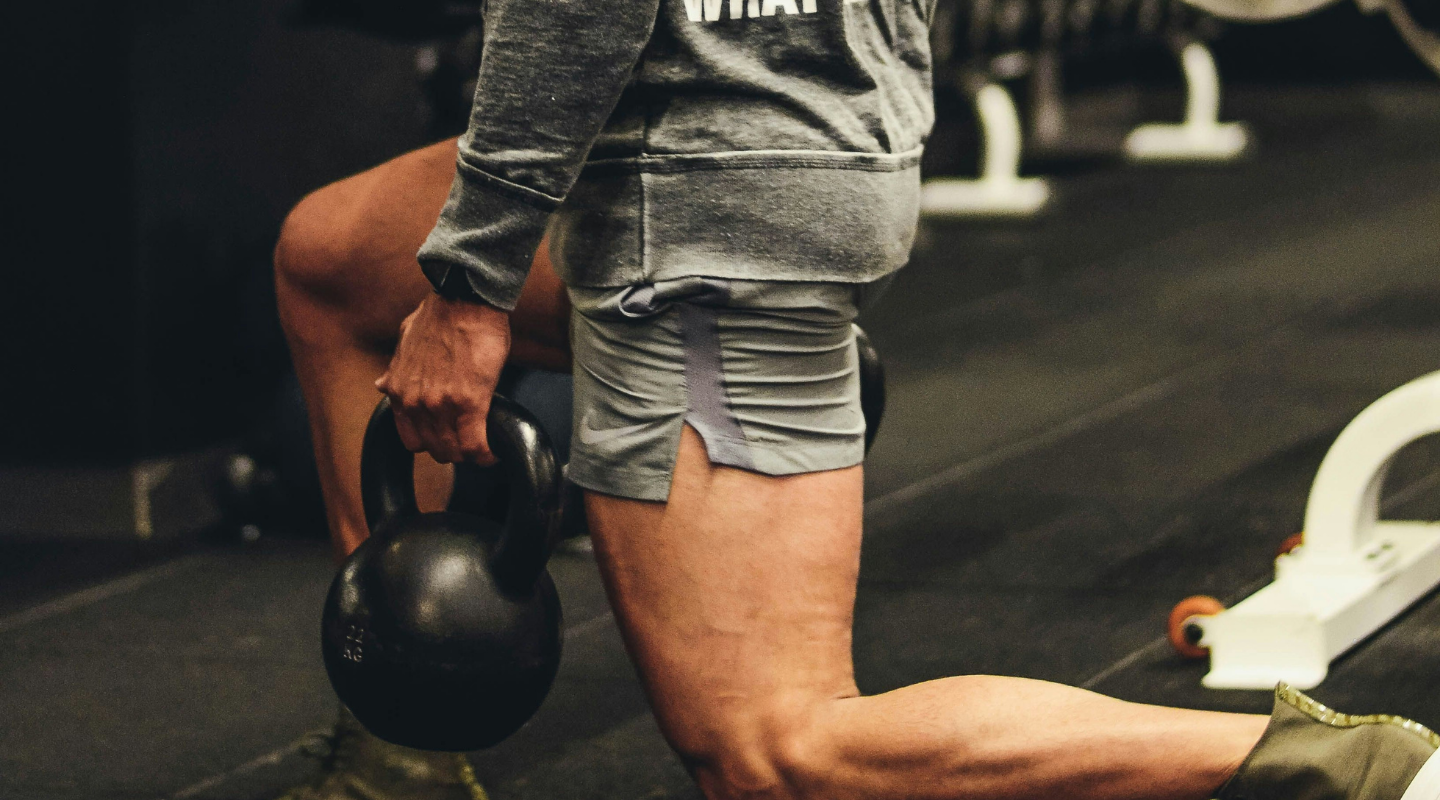
Why Recovery Is Essential for Hockey Players
In hockey, the demands on the body are intense. Explosive sprints, rapid changes in direction, and high-impact collisions place significant stress on the muscles, joints, and nervous system. While players and coaches often prioritize training, practice, and games, recovery is an equally important—and often overlooked—part of achieving peak performance and preventing injuries.
In this blog, we’ll explore the importance of recovery for hockey players, the symptoms of poor recovery, and evidence-based strategies to ensure you’re always ready to perform at your best.
Why Recovery Matters in Hockey
Recovery is the process of restoring the body to its optimal state after physical exertion. It allows the body to repair tissues, replenish energy stores, and recover from the mental demands of competition.
The Science Behind Recovery
- During intense exercise, muscles break down, glycogen stores are depleted, and metabolic byproducts like lactic acid build up.¹
- Recovery enables tissue repair, the removal of waste products, and restoration of energy stores.¹
- Inadequate recovery can lead to decreased performance, overtraining, and increased injury risk.²
Symptoms of Poor Recovery
Failing to prioritize recovery can result in both physical and mental signs that something is off. These include:
- Chronic Fatigue: Persistent tiredness despite rest.
- Reduced Performance: Decreased endurance, speed, or strength during games and practices.
- Lingering Muscle Soreness: Soreness lasting longer than 48 hours.³
- Increased Injury Risk: Overworked muscles and joints are more susceptible to injuries such as strains and sprains.⁴
- Mental Fatigue: Difficulty focusing, irritability, or lack of motivation.²
Strategies for Effective Recovery
Proper recovery goes beyond simply resting. Here are science-backed strategies to help hockey players recover effectively:
- Prioritize Sleep
- Sleep is one of the most critical components of recovery. During deep sleep, growth hormone is released, which aids in tissue repair and recovery.⁵
- Aim for 7-9 hours of quality sleep nightly, and establish a consistent sleep routine.
- Optimize Nutrition
- Proper nutrition replenishes energy stores and aids muscle repair.
- Consume a carbohydrate-protein snack within 30 minutes of finishing a game or practice to maximize recovery.⁶
- Stay hydrated before, during, and after activity to prevent cramps and aid recovery.
- Incorporate Active Recovery
- Light activities like walking, cycling, or swimming enhance blood flow and help remove metabolic waste from muscles.⁷
- Active recovery also reduces muscle stiffness and speeds up the healing process.
- Use Recovery Tools
- Tools such as foam rollers, massage guns, and compression garments (e.g., Normatec boots) improve circulation and reduce muscle tightness.⁷
- These tools can be particularly helpful for the quads, hips, and hamstrings, which endure the most strain during hockey.
- Leverage Cold and Heat Therapy
- Ice baths, contrast showers, and localized ice application can reduce inflammation and soreness.⁸
- Heat therapy promotes circulation and relaxes muscles, making it ideal for stiffness.⁸
- Focus on Mobility Work
- Hockey players often develop tight hips and hamstrings due to the mechanics of skating. Incorporate dynamic stretches and yoga to improve flexibility and prevent imbalances.³
- Manage Workload and Training Volume
- Overtraining is a leading cause of poor recovery. A physical therapist or coach can help monitor your workload and ensure you’re balancing intense training with adequate rest.⁹
Why Physical Therapy Is a Game-Changer for Recovery
Physical therapy isn’t just for injury recovery—it’s an essential tool to optimize your body’s performance and prevent future issues. A physical therapist can:
- Identify muscle imbalances or mobility restrictions that may limit performance.
- Develop a custom recovery program tailored to your position and workload.
- Provide hands-on therapies like soft tissue work, joint mobilization, and guided stretching.
- Help manage overtraining risks by assessing recovery markers and adjusting your workload.
Even if you feel fine, a professional assessment can uncover hidden inefficiencies and keep you performing at your best.
Take Control of Your Recovery Today
At Ghost Rehab & Performance, we specialize in helping hockey players recover smarter and play better. Whether you’re dealing with nagging soreness, fatigue, or want to prevent injuries, we’re here to help you stay at the top of your game.
References
- Halson SL. Monitoring training load to understand fatigue in athletes. Sports Med. 2014;44(2):139-147. doi:10.1007/s40279-014-0253-z
- Bishop PA, Jones E, Woods AK. Recovery from training: A brief review. J Strength Cond Res. 2008;22(3):1015-1024. doi:10.1519/JSC.0b013e31816eb518
- Poppendieck W, Wegmann M, Ferrauti A, et al. Massage and performance recovery: A meta-analytical review. Sports Med. 2016;46(2):183-204. doi:10.1007/s40279-015-0420-x
- Dupuy O, Douzi W, Theurot D, et al. Recovery with cold water immersion and cryotherapy: A meta-analysis. Sports Med. 2018;48(7):1675-1691. doi:10.1007/s40279-018-0939-1
- Walsh NP, et al. Sleep and the athlete: Physiological effects of sleep deprivation on performance and recovery. Eur J Sport Sci. 2011;11(1):51-60. doi:10.1080/17461391.2010.519990
- Kerksick CM, et al. International Society of Sports Nutrition position stand: Nutrient timing. J Int Soc Sports Nutr. 2017;14:33. doi:10.1186/s12970-017-0189-4
- Kellmann M, Beckmann J. Recovery and stress in sport: A manual for testing and assessment. Human Kinetics. 2017.
- Leeder J, Gissane C, van Someren K, et al. Cold water immersion and recovery: Effect on recovery in elite athletes. Int J Sports Physiol Perform. 2012;7(2):225-231. doi:10.1123/ijspp.7.2.225
- Meeusen R, Duclos M, Foster C, et al. Prevention, diagnosis, and treatment of the overtraining syndrome. Med Sci Sports Exerc. 2013;45(1):186-205. doi:10.1249/MSS.0b013e318279a10a
.png)




